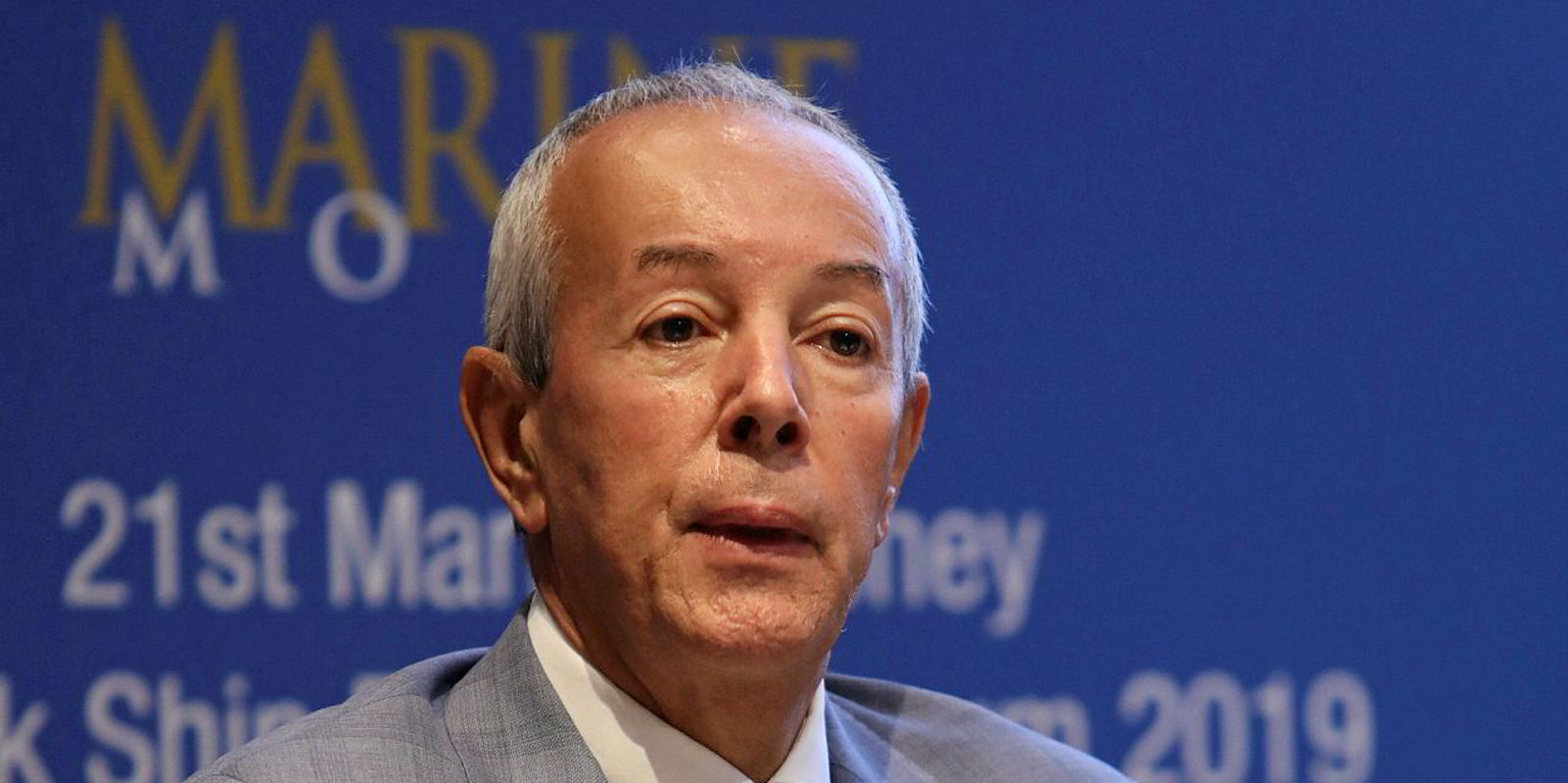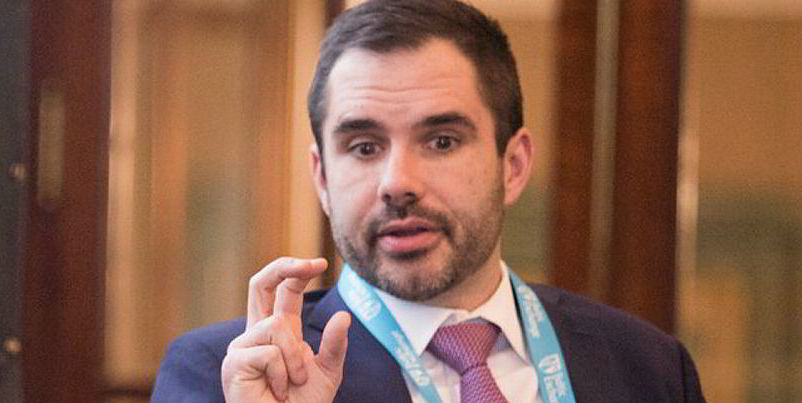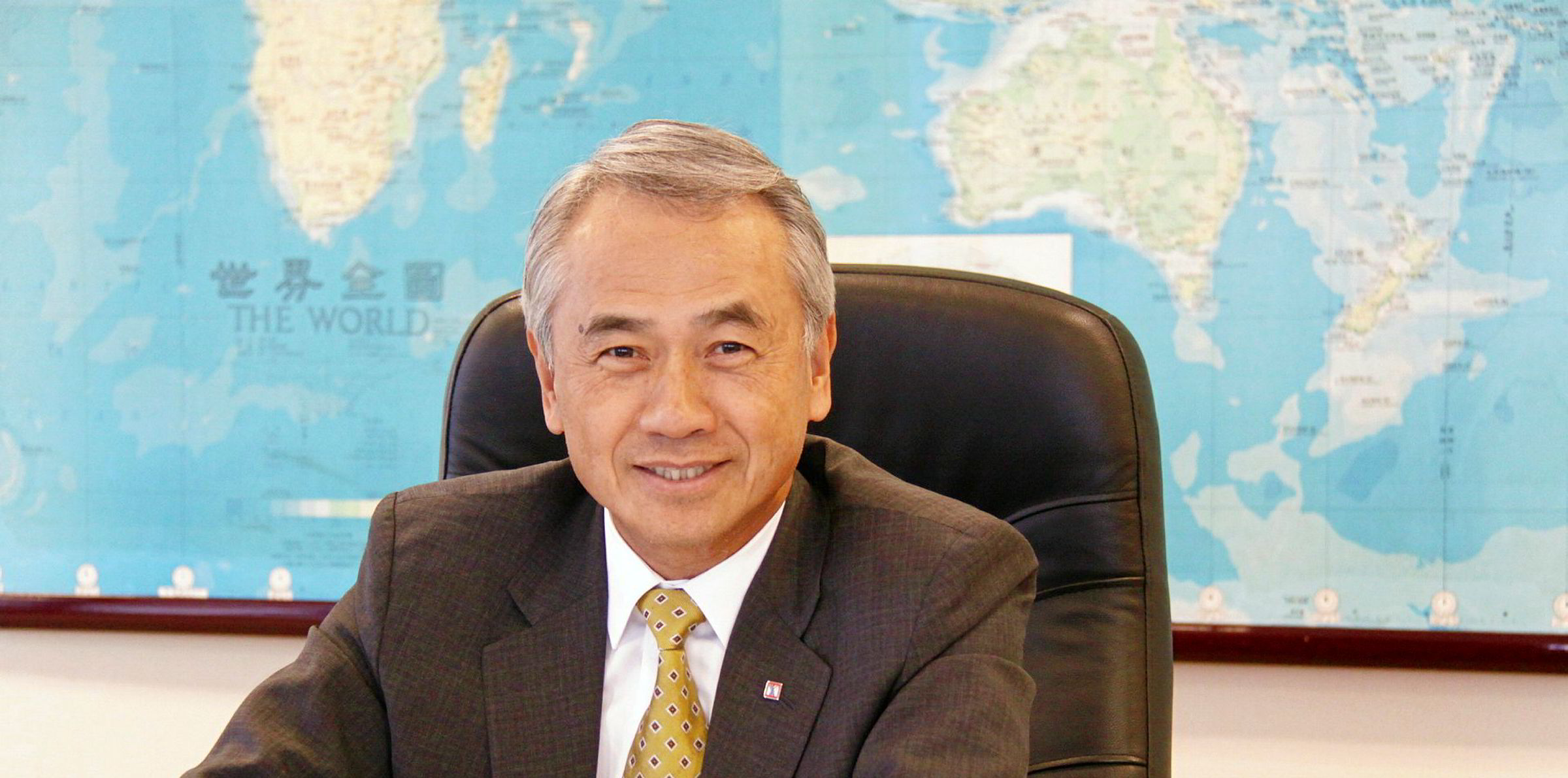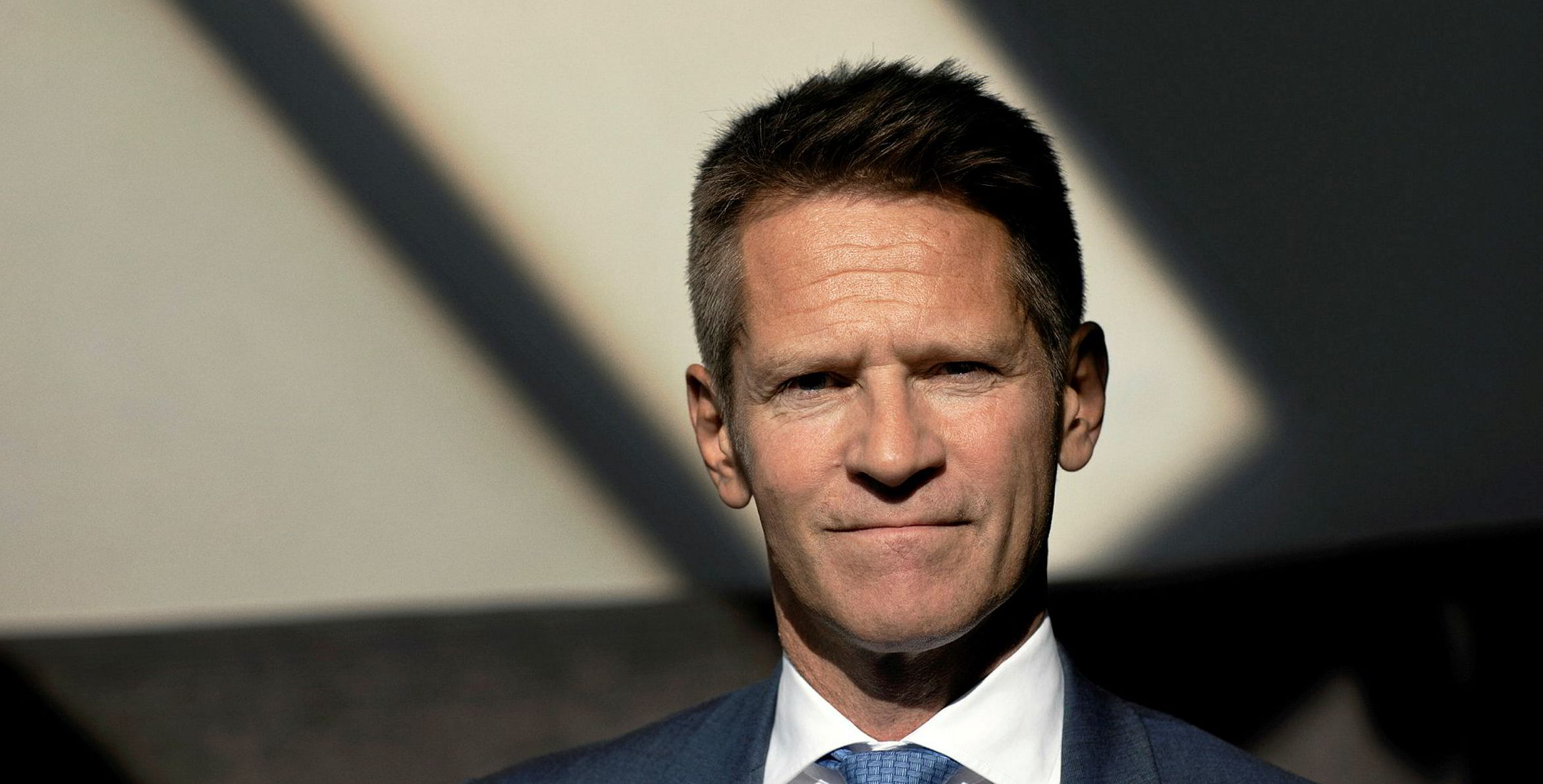New York-listed Danaos has said it is "proud" of reducing CO2 emissions by 41.5% in 2019, compared to 2008.
This means it has achieved the IMO's target of a 40% cut by 2030. The next step is a 50% figure by 2050.
The Greek containership owner said it has increased the carrying capacity of its fleet over the last 12 years.
But Danaos has carried out "several optimisations" at the same time, making the vessels more efficient.
"Along with the economies of scale effect stimulated by the addition of newbuilding vessels in the fleet, the operational performance indicator of Danaos Fleet has been significantly improved," the company added.
Danaos has modified its main engines to support a reduction in speed and has examined 38 energy-efficiency improvement methods, the shipowner said.
This has resulted in investments in several, including bulbous bow optimisation, propeller retrofits, low friction paints, propulsion improvement devices, draught increases and others.
New system devised
This work led in turn to the creation of a "smart operational platform" called WAVES that analyses and processes data as a decision-making support tool.
The system produces automatic alerts in the event of deviations from optimal operation, the company said.
Danaos is already looking at its next moves, including investigating alternative fuels and further optimisations aimed at bringing down emissions further, while ensuring alignment with various strict carbon neutrality initiatives, such as the Poseidon Principles, the new global framework for assessing sustainable financing.
Just last month, Danaos occupied one of the bottom five positions in analyst Michael Webber's assessment of shipowners' reporting of emissions data.
But Webber said a number of companies were working on reports that had yet to be released.
In May, Danaos said its finances were in solid shape, but it wanted to wait for Covid-19 uncertainty to pass before offering its first dividend since 2008.
The John Coustas-led company posted a $29.1m first-quarter profit.
It had $97.1m in cash, with $1.3bn in charter coverage through to 2028, but is still not quite ready to pull the trigger on a shareholder payout.






